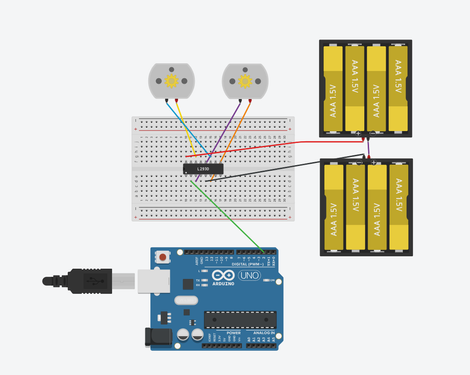Create Your First Project
Start adding your projects to your portfolio. Click on "Manage Projects" to get started
DROP TOWER BRAKE ANALYSIS (IDEAS SHOWCASE 1ST PLACE WINNERS)
Location
UCF
Date
August - November 2024
Role
Lead Electrical / design Engineer
In Fall 2024, I participated in Engineering Analysis – Statics (EGN2312) with Professor Ricardo Zaurin. As part of the course, students take part in the semester-end “Ideas Showcase,” which gives students hands-on experience in applying static principles to real-world systems.
I decided to explore statics applications in the themed entertainment industry. We formed a team of four and chose to study the Tower of Terror attraction at Disney’s Hollywood Studios, focusing specifically on how its braking system allows the ride to transition from free fall—faster than gravity—to a complete stop.
Through research, we discovered that the Tower of Terror uses five distinct braking systems throughout its operation. For our project, we chose to replicate the main braking mechanism, a solenoid brake, due to its critical role and feasibility within our budget.
I was responsible for designing the mechanical system at the top of the tower, including the pulley and brake system. While I had limited experience with electrical engineering, this project pushed me outside of my comfort zone. I taught myself to use TinkerCad and SolidWorks to prototype a dual-motor system controlled by an Arduino. Unlike previous coursework, I had no template and had to learn proper coding, circuit design, and system integration independently.
After extensive testing and iterations, I successfully built and programmed a dual-motor electrical system with minimal bugs. Our team then assembled the tower structure and painted it to visually resemble the Tower of Terror.
On showcase day, our booth received strong interest from attendees and thoughtful questions from judges. A few weeks later, we were thrilled to learn that our project had earned first place in the class for our integration of static principles, creativity, and functional electronic systems. Our work was also recognized by Professor Zaurin and the UCF College of Engineering and Computer Science (CECS).































